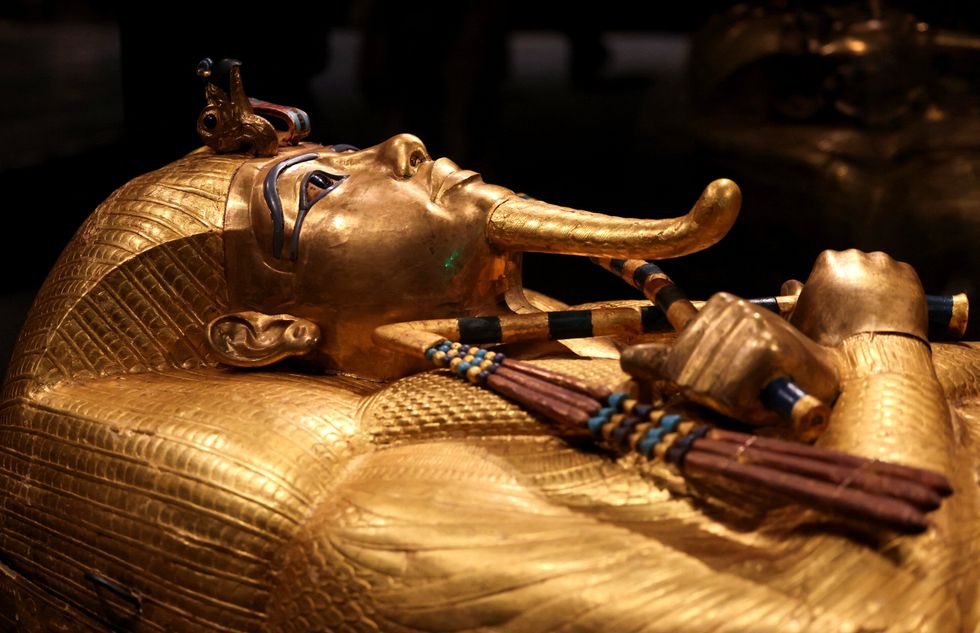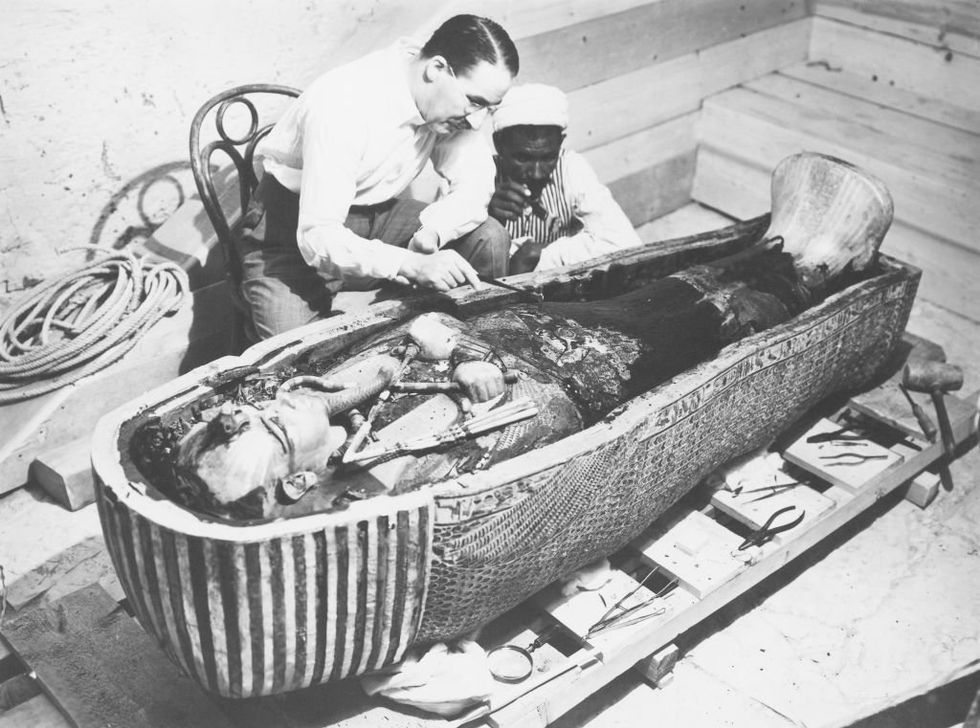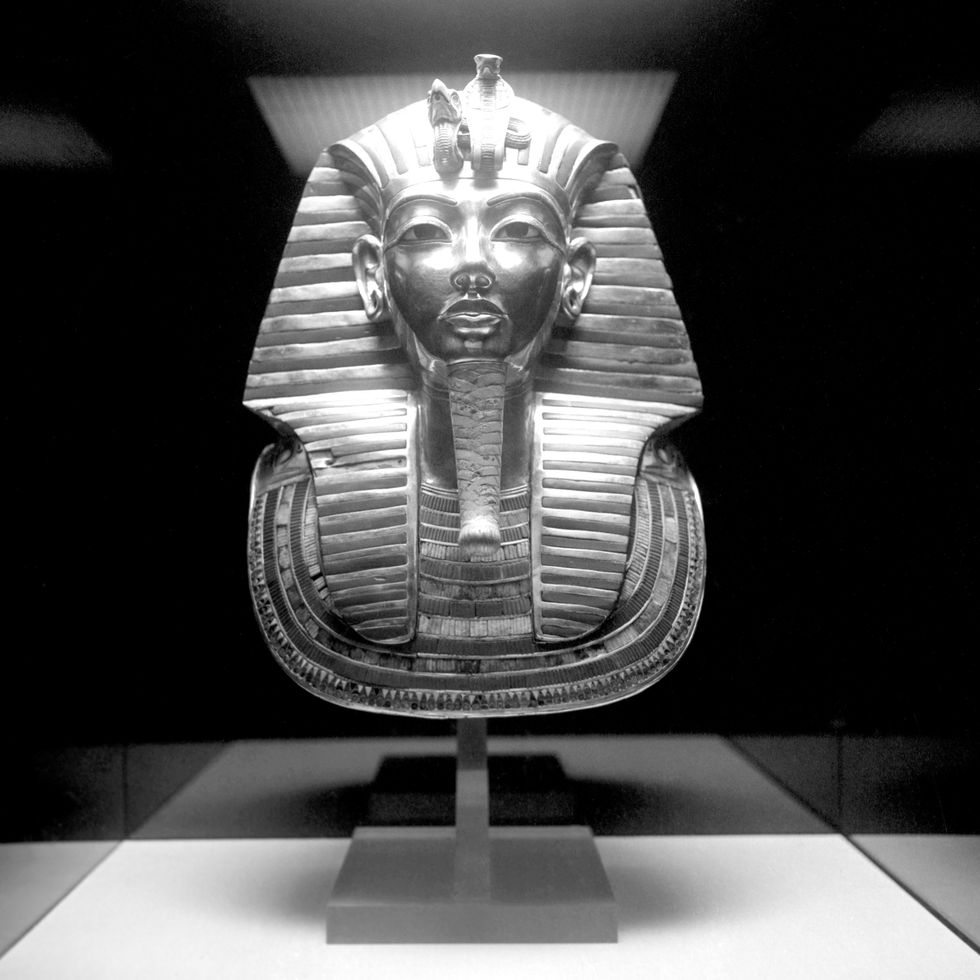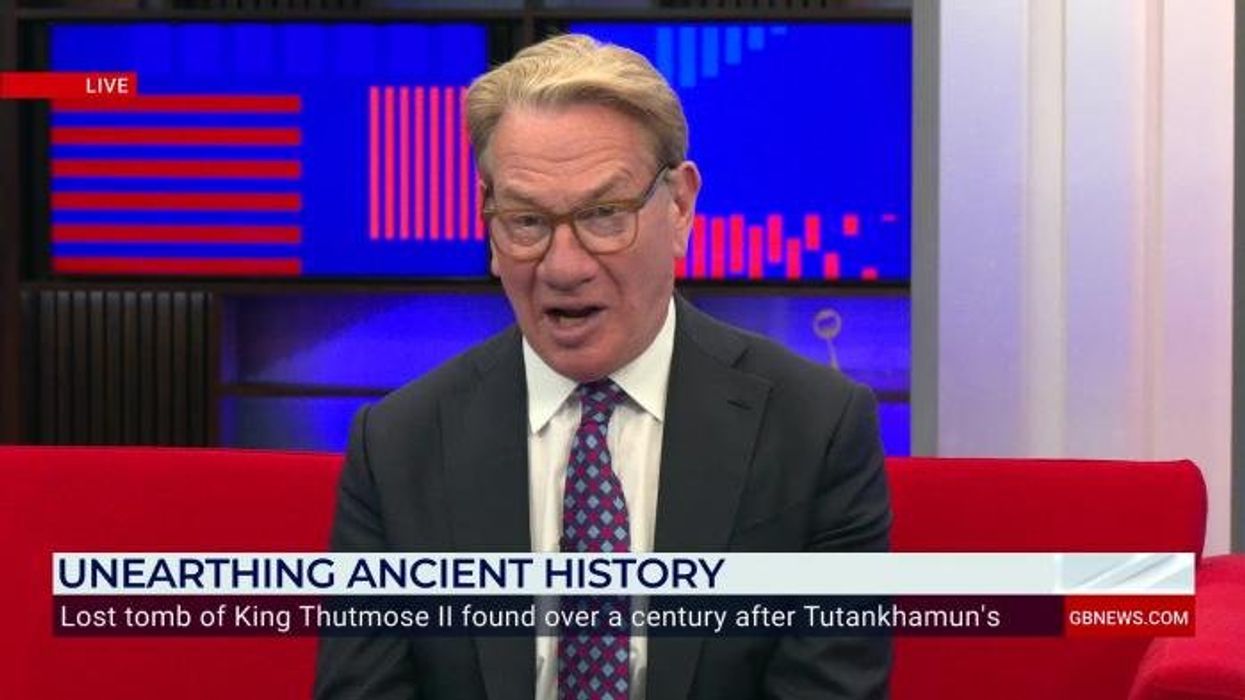King Tutankhamun's beheading details revealed as scientists uncover little-known secrets about gruesome excavation

Discoverers told how they dismembered his body into over a dozen pieces
Don't Miss
Most Read
Gruesome details about King Tutankhamun's beheading have been revealed as scientists have uncovered little-known secrets about the famous excavation.
Tuesday marked 100 years to the day that the Pharaoh's body was first examined.
While his was discovered three years prior, it was in 1925 when British archaeologist Howard Carter, along with the help of and financial backer Lord George Carnarvon in part, unwrapped his body, and he had to go to shameful lengths to do so.
King Tut had been mummified for over 3,000 years - dating back to 1323 BC - so the removal of his body was not expected to be easy.
But the records have revealed Mr Carter was forced into cruelly dismembering his body, including decapitating him, in order to recover him for examinations.
Eleanor Dobson, from the University of Birmingham, told The Conversation on Wednesday: "The autopsy that followed was devastating.
"Tutankhamun was left decapitated, his arms separated at the shoulders, elbows and hands, his legs at the hips, knees and ankles, and his torso cut from the pelvis at the iliac crest.
"His remains were later glued together to simulate an intact body, a macabre reconstruction that concealed the violence of the process."
Ms Dobson has suggested that the cruel excavation process could have been hidden by the pair in order to avoid public outrage.
Due to friction between Mr Carter and the Egyptian government, it took three years from the initial discovery of the body.
When they did, they found the pharaoh's body stuck to the casket by a hardened, black substance that had been used to protect the body from decay.

100 years ago, King Tutankhamun's body was first examined, with the gruesome details of the process having only just been revealed
|REUTERS
LATEST DEVELOPMENTS
Mr Carter described the corpse as "firmly stuck" and that "no amount of legitimate force" would free it. They attempted to melt the substance by leaving the body in the sun, but to no avail.
The team were forced to use hot knives, brutally taking the Pharaoh's body apart, piece by piece. They dismembered almost every joint in the body and ended with more than a dozen pieces.
His remains were later glued together to emulate an untouched body, demonstrating a ghastly reconstruction that truly disguised what had occurred.
"It is worth reconsidering the legacy of Carter's excavation, not just as a landmark in Egyptology, but as a moment of ethical reckoning," Ms Dobson said.

English archaeologist Howard Carter, along with the help of and financial backer Lord George Carnarvon in part, unwrapped his body
|GETTY
"The mutilation of Tutankhamun's body, obscured in official narratives, invites us to challenge narratives of archaeological triumph and to look back on the past with a more critical view."
But the discovery gave credence to the longstanding whispers that the former boy-king's coffin could run true - King Tut could be cursed.
Lord Carnarvon died from blood poisoning from an insect bite in 1923, shortly after the initial discovery of the body and therefore was not even alive by the time the body came to be excavated.
More than 5,000 objects were documented in the reports, including photographs, drawings and notebook pages.
These were all donated to the Griffith Institute, the centre for Egyptology at the University of Oxford, after Mr Carter's death in 1939.

More than 5,000 objects were documented in the reports, including photographs, drawings and notebook pages, and were all donated to the Griffith Institute, the centre for Egyptology at the University of Oxford
|PA
Manager of the Griffith Institute and Egyptologist, Daniela Rosenow, said: "These records show how the tomb looked like when it was discovered, so this shows you how Howard Carter and his team saw the tomb."
With these records now finally available to the general public, Ms Rosenow hopes it will "nurture research", which is "desperately needed".
She said: "The tomb of Tutankhamun is still not that well published or studied, because it is not easy to access the actual objects.
"My hope is that much more will come out now everyone can search the records and do the research."











